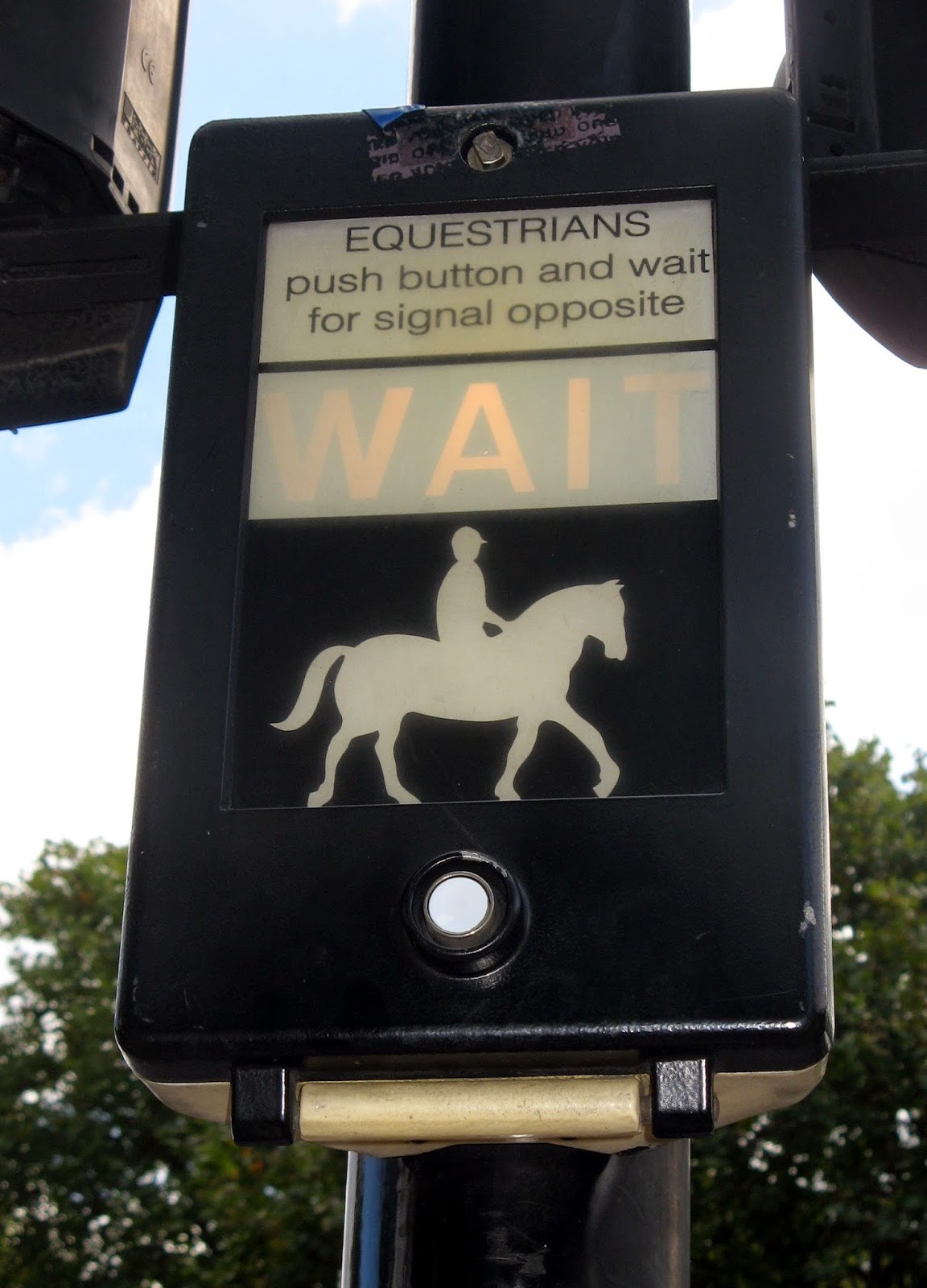Intertextuality - Is your work original?
 |
| Texts – built from other texts. Image by National Library in Paris |
The idea of intertextuality, a concept originated by French semiotician Julia Kristeva in the late 1960s, was founded on Ferdinand de Saussure’s (1857-1913) theories of semiology and Mikhail Bakhtin’s (1895-1975) interests in the social aspects of language and his ideas of dialogism which he theorised in the 1920s.
The founder of modern linguistics, Ferdinand de Saussure, viewed language as a socially-conceived structured system of elements, rules, and meanings. His theories of signs inspired the idea of structuralism, “the belief that phenomena of human life are not intelligible except through their interrelations,” and the study of semiology – signs within society.
Based on Saussure’s innovative linguistic and semiologic structural theories, post-structural theorists such as Kristeva began to question the notion that texts were closed off entities and forwarded the proposition that a literary text should be considered to be a product not of an author’s original thoughts with one referential meaning but of several that could be compared. This opened the doors to a comparative approach to literary texts being adopted and analysis being undertaken beyond the structure of the text in order to investigate a text’s relationships to other works and linguistic structures.
For more on intertextuality – read my article on Decoded Science, “Intertextuality – All Texts are Part of a Matrix of Utterances”.
Other relevant posts: Transtextuality - What are you really reading?
Useful References:
Bakhtin, M. The Dialogic Imagination: Four Essays. (1984). University of Texas Press, Slavic Series.Barthes, R. Theory of the Text, in Untying the Text. 31-47, R. Young (ed.). (1981). London: Routledge.
Ferdinand de Saussure. Course in General Linguistics. (1959). The Philosophical Library, New York City.
Kristeva, J. Desire in Language: A Semiotic Approach to Literature and Art. Leon S. Roudiez (ed.), T. Gora et al (trans.). (1980). New York: Columbia University Press.
Stam, R. et al. New Vocabularies in Film Semiotics: Structuralism, Post-structuralism and Beyond. (1992). Routledge, London.



Comments
Post a Comment